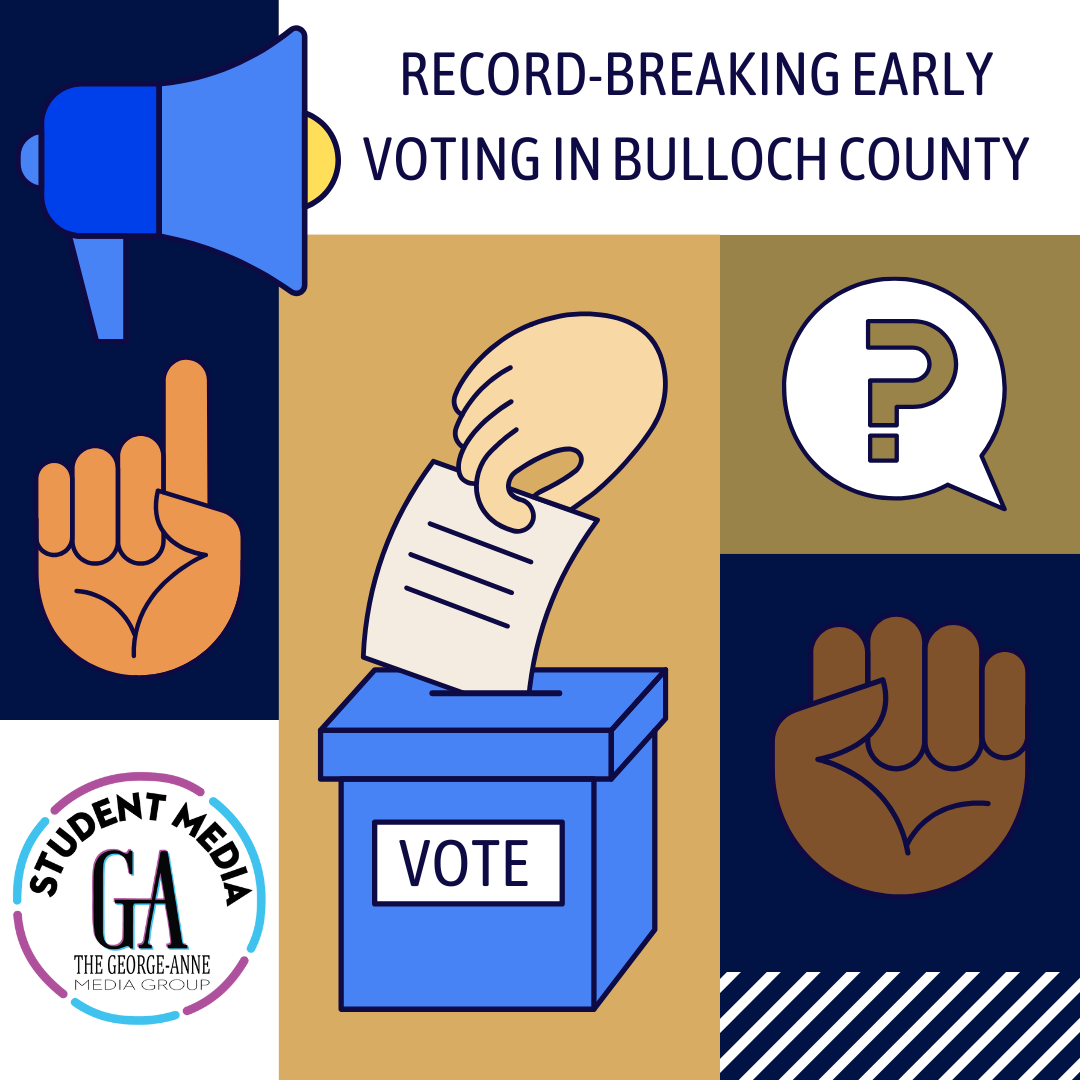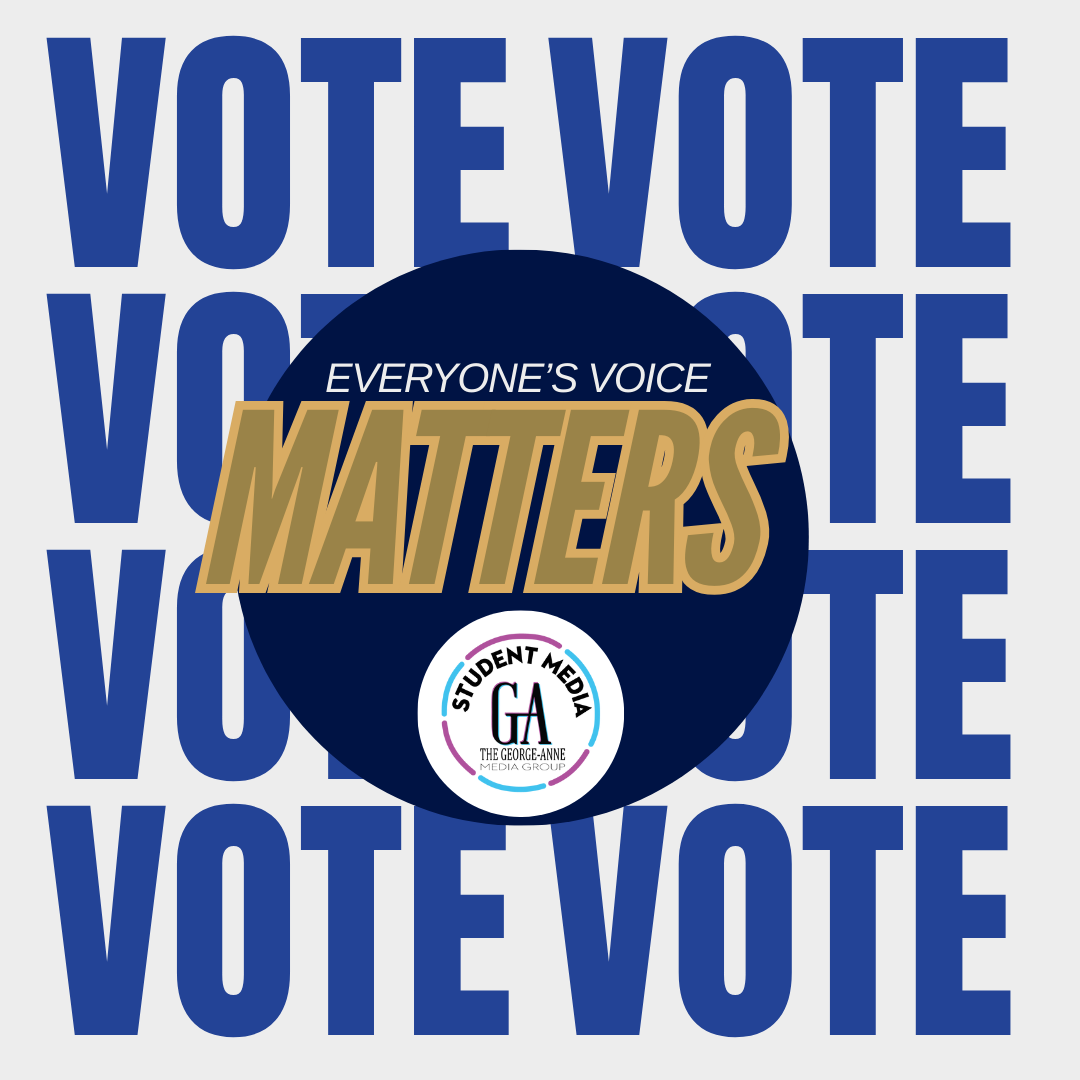One of the most significant transitions between College and high school is the amount of independence dropped on you. In high school, most things are done for you: your classes, schedule, lunch—the list goes on. It is the teacher’s responsibility to ensure that you understand the content in your high school classes. College is different in that fact; Professors have no knowledge (or care) of whether or not you know the content.
Your life has now become self-directed. You must now figure out what to eat, when to do your laundry, how much time you’ll spend on your work, when to get up, or when to sleep. That can be scary for a first-year student. Just five months ago, someone did these things for you.
According to educationdata.org, “Between the fall semesters of 2021 and 2022, 23.3% of all first-time, full-time freshmen dropped out of college,” and “At 4-year institutions, 19.0% of first-time, full-time college freshmen dropped out between 2021 and 2022.”
It can be scary to withdraw or drop a class. Sometimes it feels like you must stay in a course for various reasons. However, if a course isn’t right for you, it’s not right. That stress can build up over time and explode at the worst possible moment.
Freshman Jewell Juniel spoke to me about her experience dropping a class, “With my workload from my other classes, while still trying to get adjusted to college life, I decided that it would be best to withdrawal from one of my classes,”
“Students could have different circumstances or time conflicts that arise later in the semester – I think having at least the option to withdraw is great.” said Juniel.
The deadline to withdraw from a class without academic penalty is October 21st. That means you have until October 21st to withdraw without the class becoming an F on your transcript. However, withdrawal can cause financial aid issues. It’s crucial to talk to your advisor about the implications of withdrawal for your transcript and financial aid. But it’s not too late.
The Center of Advising, Retention, and Completion (CARC) mentioned a few tips to me about withdrawing from classes for students, “The decision to withdraw from a class always comes down to what is best for the individual student based on a variety of factors including your personal well-being, your academic performance, your funding, and your graduation plan,”
“At CARC, we want students to feel empowered to make the best and most informed choice using our campus resources. If you’re concerned about a course and are considering withdrawing from one, we recommend:
- Talk with your faculty during their office hours to get their input on how you’re doing in the course and if you might improve your grades with upcoming assignments.
- Speak with a financial aid counselor to make sure you understand the financial implications of withdrawing from a class and how it might impact your financial aid or scholarship renewal for the next term. Financial Aid contact info
- Check in with your advisor to understand how your course fits into your graduation plan and what may change if you decide to withdraw. All of our advisors host weekly drop in advising hours, so you can connect with them (no appointment needed!) before the withdrawal deadline. To find out when your advisor hosts drop-in hours, you can email them or check in Navigate 360. Advising Locations” said CARC.
To avoid reducing your course load and financial aid implications, you can take a minimester II session, which starts in October and ends in December.
It’s not too late. You should never have to struggle alone.










